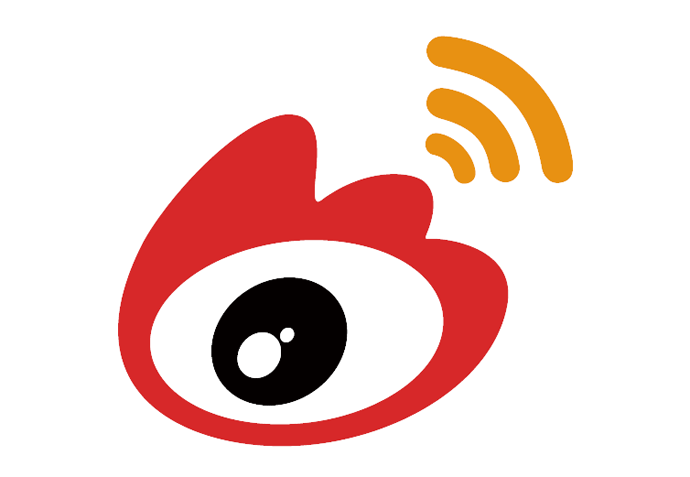Eating a yeast-free diet to treat treat infections, candidiasis or related conditions may have side effects.
Yeast is a generally harmless, naturally occurring bacteria in the
digestive tract. It becomes a problem, however, when there is an
overgrowth of the bacteria creating an imbalance with the healthy
bacteria also present. An overgrowth of candida albicans, a type of
yeast, is referred to as Candidiasis. Eliminating yeast foods from the
diet by following a yeast-free diet may be beneficial to people
suffering with yeast infections. However, due to lack of scientific
validity, the benefits of such a diet are questionable. Consult a
physician if you are experiencing yeast-related symptoms affecting your
health.
Effects of Eating Yeast
Eating a diet that contains yeast may lead to potential negative
health effects. Typical symptoms of yeast overgrowth include fatigue,
bloating, flatulence, urinary frequency, migraines and skin rashes. If
left untreated, further health complications could develop such as
rheumatoid arthritis, irritable bowel syndrome, digestive disorders and
chronic infections. A yeast-free diet is believed to reduce and
eliminate harmful bacterial overgrowth by eliminating foods that feed
the yeast. Common yeast-containing foods include breads, cookies,
muffins as well as many packaged and processed foods. The Mayo Clinic
exclaims that the elimination of these processed foods may actually
decrease yeast-symptoms vs. following a so-called yeast cleanse as these
foods have poor nutritional quality.
Withdrawal Effect
As with many medications, making changes to diet and lifestyle habits
can induce side effects. The body may need time to adjust, especially
at the beginning of the diet, to the introduction of new foods and the
elimination of old foods that were staples in the diet. Foods high in
yeast particularly are typically carbohydrate foods such as bread,
cookies or processed packaged foods that also contain sugar. Eliminating
sugar from the diet can cause negative side effects as the body may be
addicted to the temporary boost in energy it provides.
Side Effects
According to Fasterloss.com, typical side-effects involved with a
yeast-free diet may include fatigue, difficulty concentrating and
focusing, and headaches. These effects are typically due to the decrease
in sugary-foods which the body becomes dependent on for quick energy.
Much like caffeine withdrawl, the body needs to adjust to the
elimination of substances it once relied on. Muscle weakness may be
experienced during the initial stages of the new diet. This may be
explained due to lack of energy and poor nutritional intake in the
beginning stages of the diet. Dieters may not know which foods are safe
to eat and need time to establish a healthy new way of eating.
A Healthy Diet
In general, the potential positive side-effects of a yeast-free diet
outnumber the negative. According to MayoClinic, following a healthy
diet rich in nutrients and fresh foods may lead to individuals feeling
better within a few weeks. For instance, the introduction of new, fresh
foods, such as raw vegetables are harder to digest initially if a person
isn't used to eating foods high in fiber. However, as time passes, the
body adjusts to an increase in fiber and benefits from the nutrients it
is receiving from healthy foods.




 Start | Stop
Start | Stop

沒有留言:
張貼留言